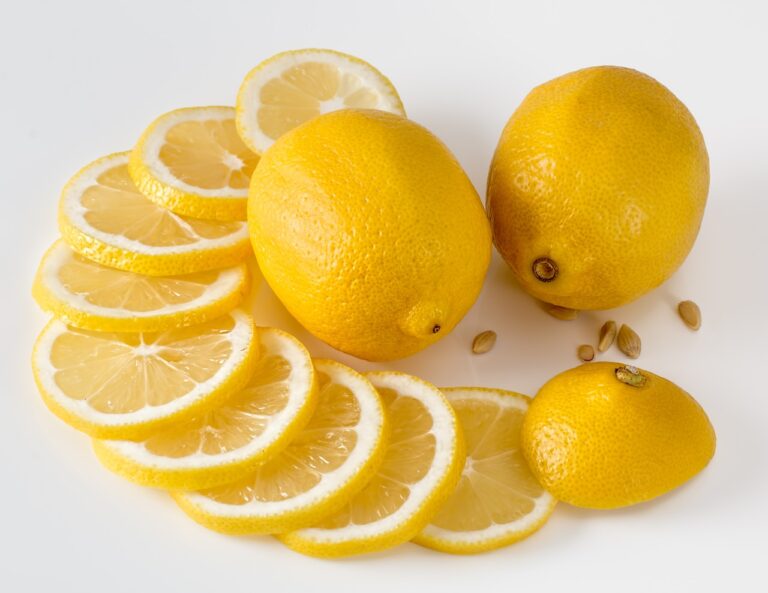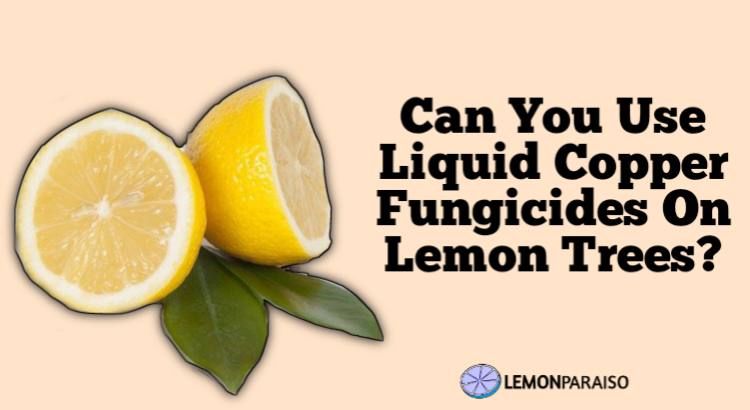Lemon Tree Leaves Turning White (Causes And Tips)
Citrus trees, especially lemon trees, are prized for their vibrant green foliage and delicious fruits. However, when the leaves start turning white, it can be a cause for concern. Several factors can contribute to this phenomenon, ranging from pests to diseases and environmental conditions. In this article, we will explore 10 potential reasons behind lemon tree leaves turning white and delve into possible solutions to help your citrus tree regain its health and vitality.
10 Reasons Why Lemon Tree Leaves Are Turning White
1. Pest Infestation
Pests such as spider mites, aphids, and scale insects can wreak havoc on lemon trees, causing leaves to turn white. These tiny invaders feed on the sap of the leaves, disrupting the normal functioning of the plant. To combat this issue, consider using insecticidal soaps or neem oil to control the pest population.
White spots on lemon tree leaves are often indicative of an unseen battle between your citrus tree and tiny invaders. Identifying and addressing the specific pest causing the issue is crucial for effective management.
2. Fungal Infections
Fungal infections, such as powdery mildew, can cover lemon tree leaves with a white, powdery substance. These infections thrive in humid conditions. Improve air circulation around the tree by pruning branches, and apply fungicides as a preventive measure.
When your lemon tree leaves take on a ghostly appearance, powdery mildew may be the culprit. Regular monitoring and swift action with appropriate fungicides can prevent the spread of this fungal menace.
3. Nutrient Deficiency
Lemon trees require a balanced mix of nutrients for healthy growth. A deficiency in essential nutrients, particularly iron and magnesium, can lead to chlorosis—a condition where leaves lose their green color. Address nutrient deficiencies by applying a balanced citrus fertilizer according to recommended guidelines.
Yellowing or whitening of leaves may signal your lemon tree’s plea for proper nourishment. A well-balanced fertilizer regimen tailored to your citrus tree’s needs can bring back the vibrant green hue.
4. Overwatering
Excessive moisture around the roots can lead to root rot, impacting the tree’s ability to absorb nutrients. White or yellow leaves may be a sign of overwatering. Adjust your watering schedule to ensure the soil is consistently moist but not waterlogged.
While water is essential for your lemon tree’s well-being, too much of it can drown its roots, causing distress that manifests in discolored leaves. Finding the right balance in watering is key to a thriving citrus tree.
5. Environmental Stress
Lemon trees are sensitive to environmental changes. Exposure to extreme temperatures, strong winds, or sudden fluctuations can stress the plant, resulting in white leaves. Shield your tree from harsh conditions and provide adequate shelter during severe weather.
Your lemon tree, like any living organism, may feel stressed when faced with extreme weather conditions. Offering protection and creating a stable environment can help it regain its composure and vibrant appearance.
6. Chemical Exposure
Unintentional exposure to chemicals, such as herbicides or pesticides, can harm lemon trees and cause leaves to turn white. Be cautious when using any chemicals near your citrus tree, and follow recommended application rates to prevent damage.
In the quest for a pest-free garden, sometimes the very chemicals meant to protect can harm. Diligence in application and careful consideration of nearby plants can shield your lemon tree from unintentional chemical stress.
7. Disease Resistance
Some lemon tree varieties are more susceptible to certain diseases. Ensure you choose disease-resistant cultivars and promptly address any signs of disease by using appropriate treatments. Regularly inspect your tree for symptoms and take preventive measures.
Not all lemon trees are created equal when it comes to disease resistance. Choosing a variety known for its resilience can be a proactive step in maintaining the health of your citrus tree.
8. Improper pH Levels
Lemon trees prefer slightly acidic soil with a pH between 6.0 and 7.5. Extreme pH levels can hinder nutrient absorption, leading to discolored leaves. Test your soil and amend it as needed to create an optimal growing environment.
The pH level of your soil plays a crucial role in the overall health of your lemon tree. Regular soil testing and adjustments can ensure your citrus tree thrives in its preferred acidic environment.
9. Root Compaction
Compacted soil can restrict the movement of water and nutrients to the roots, causing stress and discoloration in the leaves. Regularly aerate the soil around your lemon tree to promote healthy root growth.
Just like us, lemon trees appreciate room to stretch their roots. Compacted soil can impede their growth, leading to white leaves as a distress signal. Aeration is the key to providing them with the breathing space they need.
10. Improper Pruning
Overzealous pruning or neglecting to trim your lemon tree can impact its overall health. Proper pruning encourages air circulation and sunlight penetration, fostering healthy foliage. Avoid aggressive pruning and follow recommended guidelines.
Pruning is an art when it comes to lemon trees. Too much or too little can affect their well-being. Understanding the right balance and following proper pruning techniques can ensure your citrus tree flourishes with lush greenery.
White spots on lemon tree leaves can be a cause for concern, but with a keen eye and timely intervention, you can address the underlying issues and restore your citrus tree’s vitality. Whether it’s pests, diseases, or environmental factors, a proactive approach to your lemon tree’s well-being is key to enjoying a bountiful harvest of juicy lemons.
Remember, each lemon tree is unique, and understanding its specific needs is fundamental to maintaining its health. Regular monitoring, proper care, and a bit of preventive action can keep your lemon tree thriving and its leaves a vibrant shade of green.



